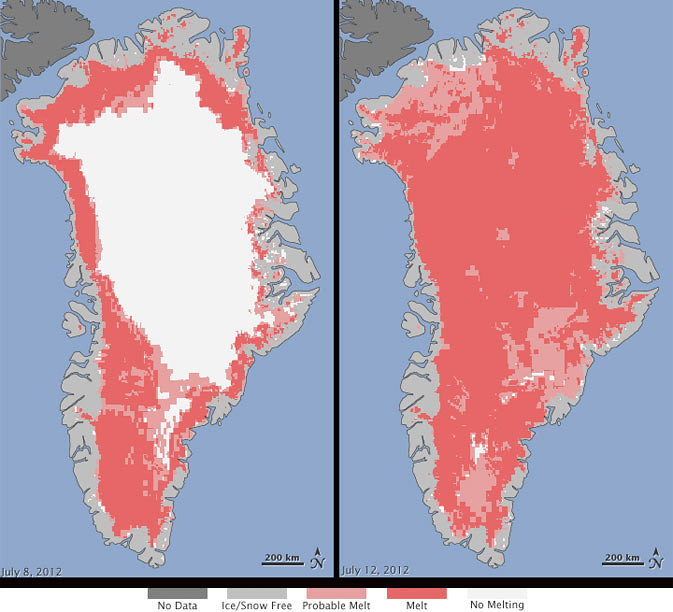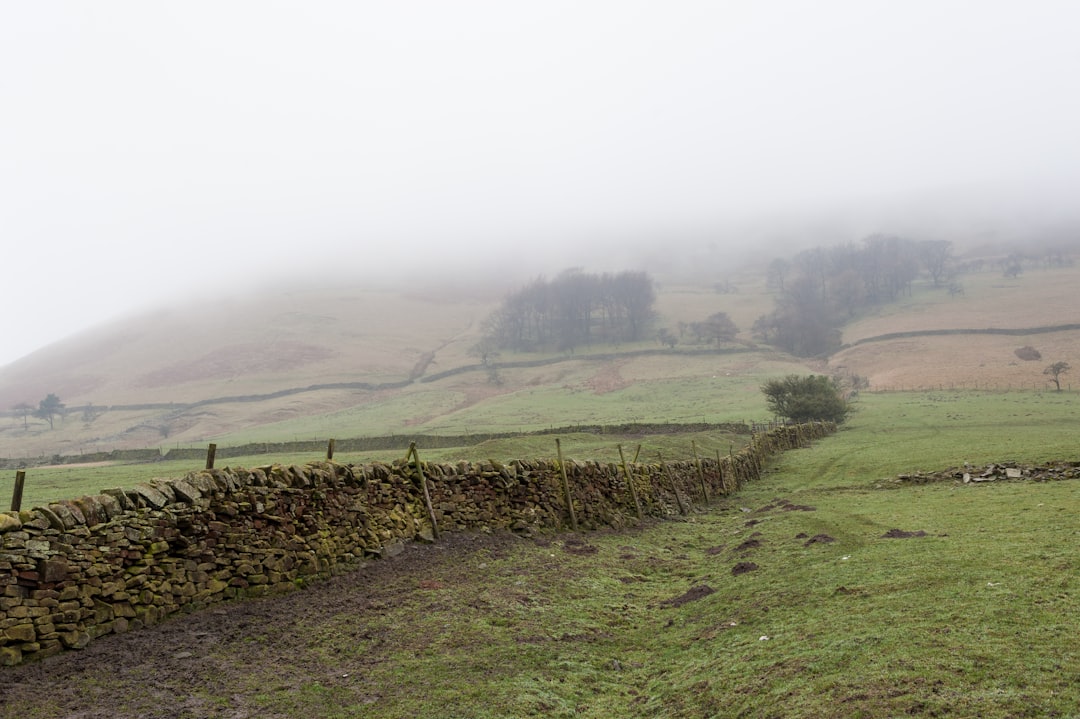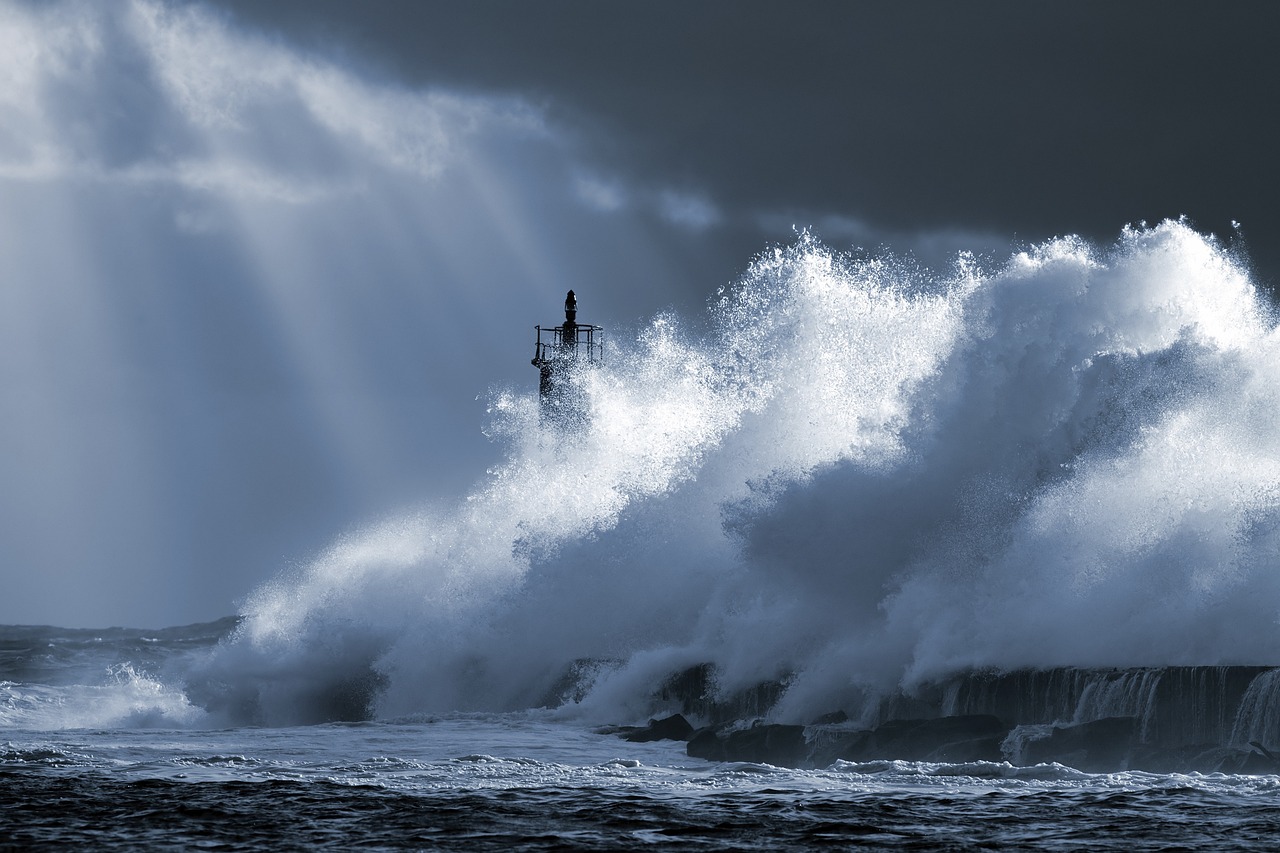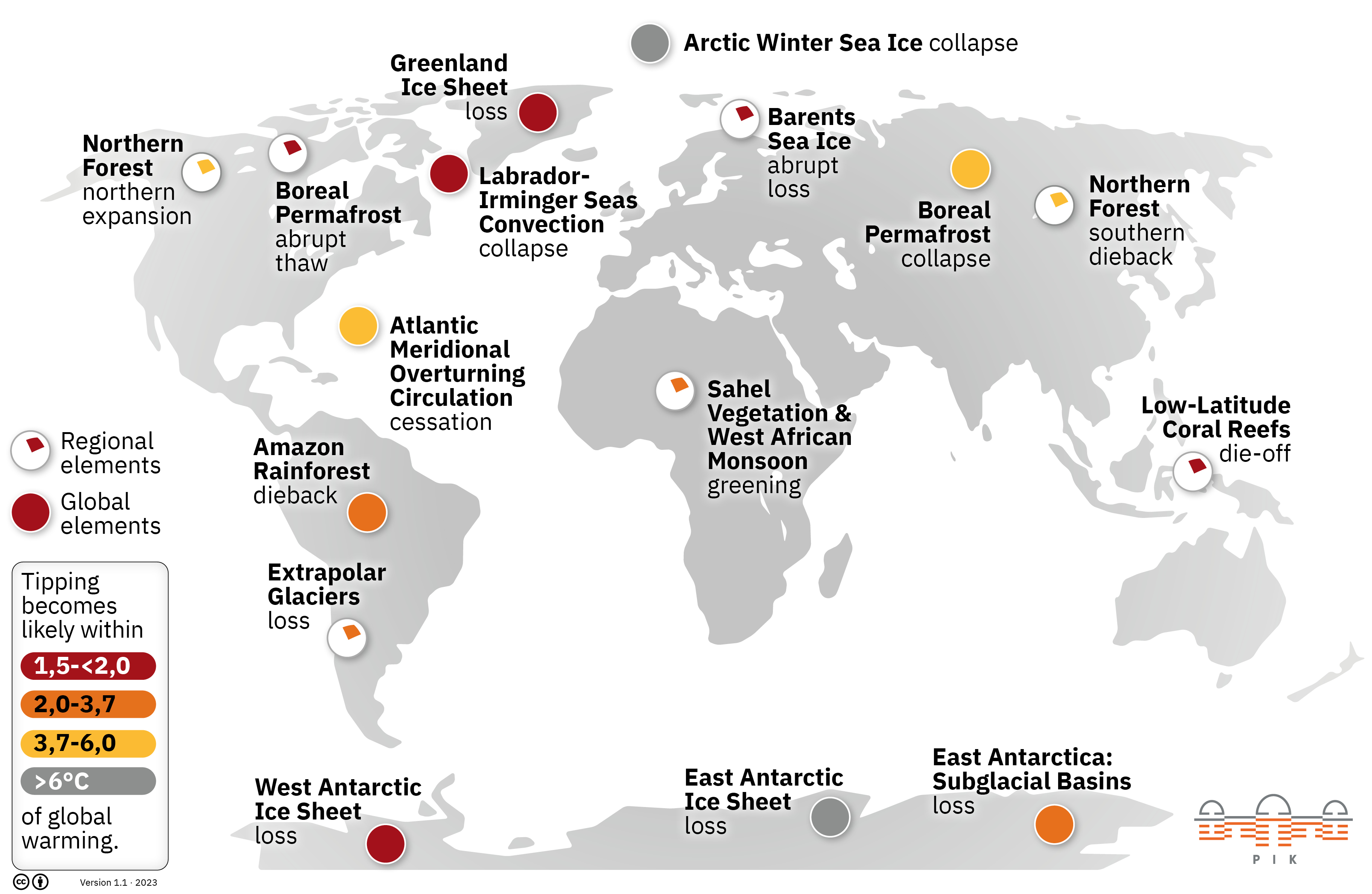- What Earth’s Magnetic Field Has to Do With Climate History - October 7, 2025
- The Science Behind Heat Domes and Their Growing Impact - October 7, 2025
- What Ancient Lake Beds Teach Us About Past Rainfall Patterns - October 6, 2025
The Ocean’s Hidden Conveyor Belt Is Breaking Down

Imagine if the escalators in a massive shopping mall suddenly stopped working. That’s essentially what’s happening to our planet’s most important ocean current system right now. The Atlantic Meridional Overturning Circulation, or AMOC, acts like a giant conveyor belt that moves warm water north and cold water south across the Atlantic Ocean. This invisible highway carries about 15 million cubic meters of water per second—that’s roughly 50 times the flow of the Amazon River. Recent studies are showing this crucial system is exhibiting signs of serious slowdown, possibly making it the weakest it’s been in over a thousand years. Think of it as the planet’s circulatory system starting to fail, and the consequences could reshape life as we know it.
Scientists Are Split on How Fast This Crisis Will Unfold

The scientific community is having heated debates about timing, but they all agree on one thing: this is serious. A comprehensive study from early 2024 analyzed 34 different climate models and found that while AMOC will definitely weaken, a complete shutdown this century might not be as likely as some feared. However, the same researchers emphasized that massive uncertainties still exist in their projections. Some scientists are pointing to warning signs that suggest we could be closer to a tipping point than these models predict. The disagreement isn’t about whether it will happen, but when—and that uncertainty itself is terrifying. It’s like watching a dam with visible cracks but not knowing if it will hold for decades or collapse tomorrow.
Greenland’s Melting Ice Is Flooding the System

Every year, Greenland dumps about 150 billion tons of freshwater into the North Atlantic Ocean. To put that in perspective, that’s like emptying Lake Tahoe twice every single year. This massive influx of freshwater is diluting the salty ocean water that normally sinks and drives the AMOC circulation. When seawater becomes less salty, it becomes less dense and doesn’t sink as effectively—kind of like trying to make oil and water mix. The Arctic is warming twice as fast as the rest of the planet, which means this freshwater flooding is accelerating. Scientists are watching this process with growing alarm because it’s happening much faster than they expected just a decade ago.
The Mysterious Southern Ocean Connection

Plot twist: it’s not just the North Atlantic that’s affecting this system. Research published in January revealed that the AMOC weakening actually stalled during the 2010s, and scientists think they know why. The Southern Ocean around Antarctica experienced changes in wind patterns during that period, which somehow helped stabilize the circulation temporarily. This discovery shows just how interconnected our planet’s ocean systems really are—like pulling one thread in a spider web and watching the entire structure vibrate. The Southern Ocean acts like a massive mixing bowl where waters from different oceans meet and exchange heat and nutrients. When conditions change there, the ripple effects can be felt across the entire globe.
Your Local Weather Could Change Dramatically

If AMOC weakens significantly, the tropical rain belts that bring life-giving water to billions of people could shift dramatically. The monsoons that feed crops across Asia and Africa might weaken or fail entirely in some regions. Meanwhile, other areas could see increased flooding as precipitation patterns reorganize themselves. Mid-latitude regions, including much of Europe and North America, could experience more extreme weather swings. The jet stream, which acts like a river of air guiding weather patterns, is closely connected to ocean temperatures and could become more erratic. It’s like having your local weather forecaster suddenly become completely unreliable because all the rules have changed.
Sea Levels Could Rise a Full Meter on America’s East Coast

Here’s something that might surprise you: when AMOC slows down, sea levels don’t rise evenly everywhere. The U.S. East Coast could see sea levels rise by up to one meter due to changes in what scientists call “dynamic sea level.” This happens because the ocean current system actually helps pile water up in some areas and pull it away from others. When the circulation weakens, this balancing act gets disrupted. Cities like New York, Boston, and Miami could face flooding scenarios that are far worse than global average sea level rise predictions suggest. The ocean essentially redistributes its water, and unfortunately, the American East Coast is positioned to receive more than its fair share. This isn’t just about melting ice—it’s about the ocean itself changing shape.
British Farms Could Face Agricultural Catastrophe

Britain’s relatively mild climate exists because of the Gulf Stream, which is part of the AMOC system. Without this warm current, Britain could experience temperatures more like those in Labrador, Canada, which sits at the same latitude. British agriculture, which isn’t designed for such harsh conditions, could face widespread crop failures. The growing seasons would become shorter and less predictable, potentially making it impossible to grow many crops that currently thrive there. Other regions around the North Atlantic could face similar agricultural disruptions. Farmers might need to completely change what they grow and when they grow it. It’s like suddenly transplanting Britain’s farmland to northern Canada and expecting the same results.
Marine Life Could Face Mass Displacement

The ocean’s food chains are built around predictable patterns of water temperature and nutrient flow. When AMOC weakens, these patterns get scrambled, forcing marine life to adapt or die. Fish populations that have followed the same migration routes for thousands of years might suddenly find their food sources have disappeared. Commercial fishing industries could collapse as fish stocks move to entirely different regions or crash altogether. The tiny organisms at the base of the food web, like plankton, are especially sensitive to temperature changes. If they can’t adapt quickly enough, the entire marine ecosystem could unravel from the bottom up. It’s like rearranging all the furniture in a house while the residents are trying to navigate in the dark.
Storm Patterns Could Shift Into Uncharted Territory

Ocean currents don’t just move water—they also influence where storms form and where they go. A weakened AMOC could shift hurricane and typhoon tracks into new patterns that we’ve never seen before. Coastal communities that have been relatively safe from major storms might suddenly find themselves in the crosshairs. Meanwhile, areas that regularly prepare for hurricanes might see fewer storms but face different types of extreme weather. The energy that oceans provide to storm systems comes largely from temperature differences, so changing those temperatures changes everything. Insurance companies and disaster planners could find their carefully calculated risk models completely obsolete overnight.
The Tipping Point Might Be Closer Than We Think

Climate systems don’t always change gradually—sometimes they flip suddenly, like a light switch being turned off. Scientists are increasingly worried that AMOC might be approaching one of these tipping points, where a small additional change could trigger a rapid and irreversible collapse. The warning signs are subtle but growing stronger each year. Once we cross that threshold, there might be no going back, even if we somehow manage to stop all greenhouse gas emissions immediately. The scariest part is that we might not know we’ve crossed the line until it’s too late. It’s like walking on ice that looks solid but is actually honeycombed with cracks underneath—by the time you hear it cracking, you’re already falling through.

